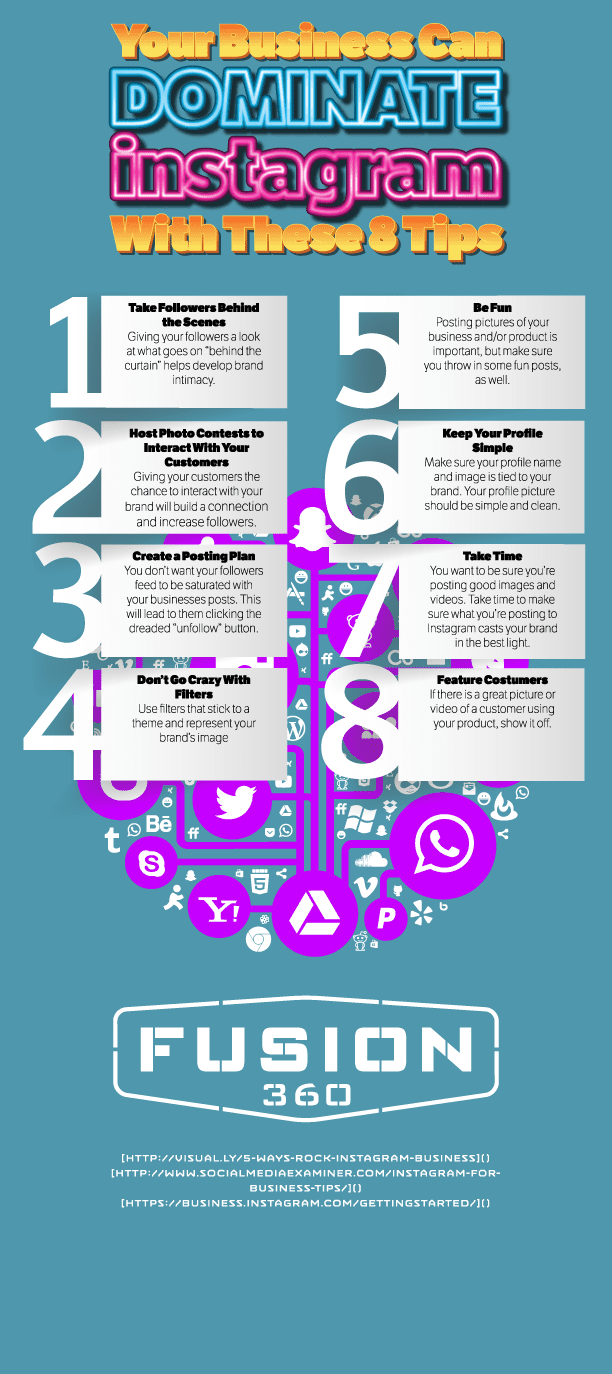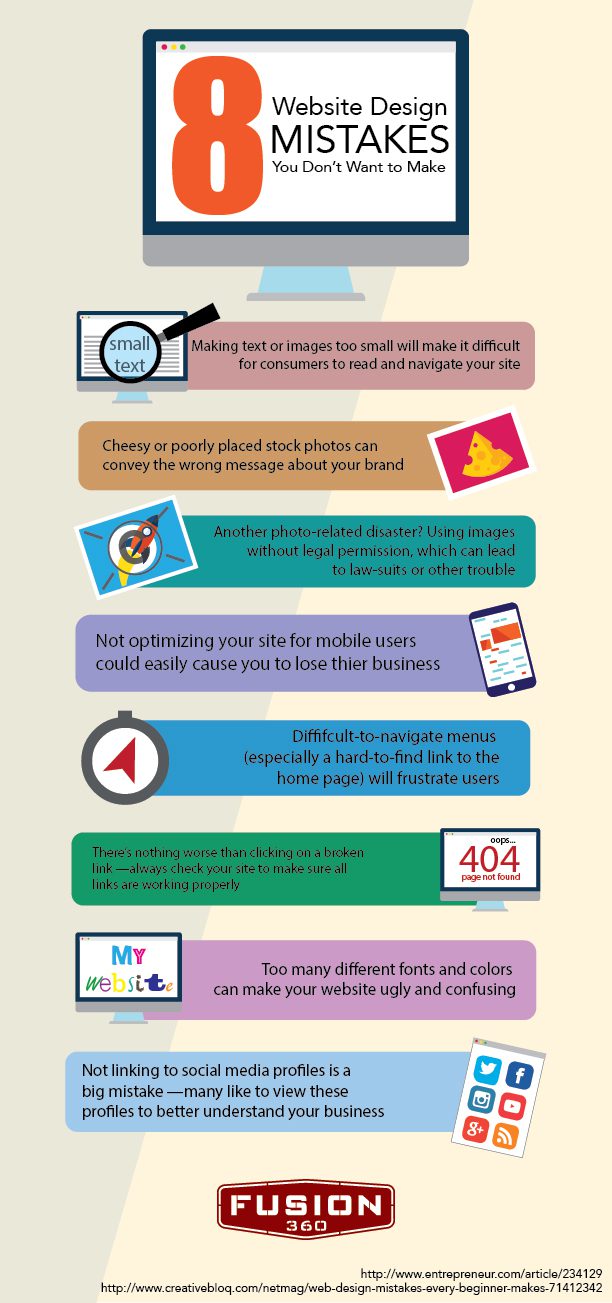When it comes to building a successful digital marketing strategy, it seems that social media is one thing that most companies understand they can’t do without. From major national brands to small mom-and-pop stores, it seems that almost every company at least has a presence on Facebook (and in many cases, Twitter, LinkedIn and other platforms as well).
But as many marketing agencies know quite well, there’s more to successfully utilizing social media than simply setting up an online profile. To generate a true return on investment, your social media efforts need to be generating sales leads and actual sales. And to get to that point, companies big and small need to find ways to increase overall engagement rates for their social media content.
The following are three important tips for you to make sure that marketing agencies aren’t the only ones who are able to get a good return on investment from social media.
Write Well
It may sound overly simple, but the basis of any kind of success in the social media world is writing. After all, if your posts have the grammatical coherence of a first-grader, it’s unlikely that anyone will want to pay much attention to anything you have to say (which is probably why so many companies turn to marketing agencies for help in the first place).
But there’s more to writing for social media than having a keen eye for grammar and spelling. Web users are looking for easily digestible bits of content that are informative, entertaining or both. In general, shorter social media posts are more likely to perform well than lengthy, wordy posts. Using hashtags can also connect your post to a larger digital conversation, allowing others to connect and engage with your post.
As marketing agencies nationwide could attest, visuals also play an important role in capturing the attention of an audience—and social media is no different. Moz reports that “posts with photos get, on average, 39 percent more engagement”—a significant advantage over text-only posts.
Varying the content provided via social media is another important element of keeping your audience interested and engaged. For example, maintaining a blog is another key part of content marketing, and while sharing your blog posts on Facebook and Twitter is a great way to increase traffic to your blog, that shouldn’t be the only type of content that you share—otherwise, the audience will eventually begin to lose interest, even if you are producing great blog content. Shake things up with video posts, shares of industry news, sales announcements and even memes or infographics to keep the audience interested.
Timing is Everything
Of course, you could have entertaining, insightful posts but still not get any engagement if your posting strategy is off the mark. Marketing agencies recommend different posting times for different social media platforms, but early afternoon seems to be a prime time for many platforms.
For example, Facebook posts generally garner more clicks when posted around 3 pm, while shares are more likely to occur on posts that go live around 1 pm. Posting closer to the weekend (ie. Thursday and Friday) is also likely to generate higher engagement levels than posting earlier in the week.
Of course, with these posting times being relatively common knowledge among marketing agencies, there is also a risk that your post could become lost in a sea of other posts that are going live around the same time. Thankfully, Facebook’s Insights tools allow page owners to see at what time of day more followers are online so businesses can adjust their posting strategy accordingly.
Sites such as LinkedIn and Twitter also tend to receive better engagement during business hours—apparently, social media is a popular way to slack off at work. Twitter’s highest click-through rates come at noon and 6 pm, and even Pinterest can generate good click-through rates on Friday afternoons (though Pinterest is also a popular choice for weekends and evenings—when people have time to cook, craft, etc).
Posting at the right (or wrong) time could make all the difference between your posts getting clicks, shares and other engagements or going completely unnoticed.
Take Advantage of Analytics
Some marketing agencies have the tendency to treat each social media profile the same. But the audience for the lawnmower repair shop down the street is not necessarily the same as the audience for that local underground punk rock music venue. And so while writing well and posting at the right times are key to achieving social media success, it is important to constantly analyze the results of your social media efforts to make sure they are achieving the desired results.
Facebook and Twitter both offer great analytics tools that break down the number of views, clicks, shares, etc that each post receives. And as any marketing agencies worth their salt could tell you, in order to ensure continued social media success, it is important to take full advantage of these resources.
For example, take a closer look at your most and least successful social media posts. Are there any similarities between the posts that are performing poorly? Perhaps an issue with wording or the time of day the post went live, or maybe some posts didn’t have any images? Taking a closer look at what works and what doesn’t for your unique audience will allow you to make the needed changes that ensure only the most engaging posts are created.
With these tips in place, your social media marketing efforts can engage your audience and in turn generate more leads and sales—something agencies worldwide love to accomplish.







